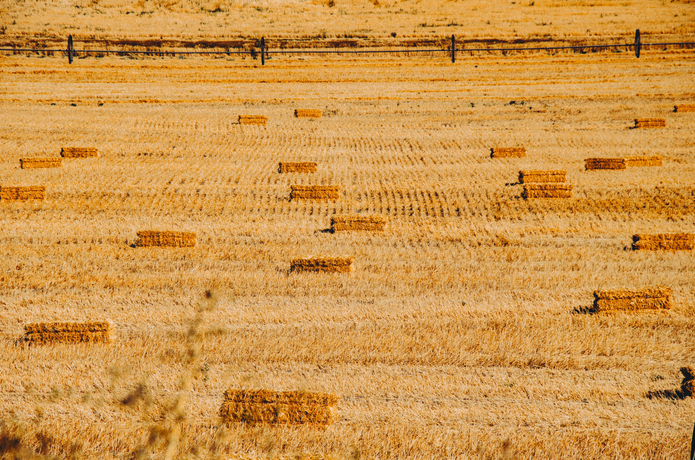
Why do we Hit the Hay and Dream in Zzz's?
Shelly Weaver-CatherWhy are we hitting the hay, sawing logs, and where did all these Zzz’s come from?
Does it have to be exactly 40 winks? Do logs really get the best sleep in town? Has anyone ever actually slept like a baby and been happy about it? We say a lot of weird things when we call it a night, but diving in and investigating the origins of these phrases reveals a lot about our sleep habits over time.
How many winks does it take to get to the center of a dream? “I didn’t get a wink of sleep.” You hear it all the time. But what’s the definition of a wink? To take it literally, getting a wink of sleep is just that—you doze off for a second and nothing more. Somewhere along the lines we determined that forty winks was the perfect amount of time for a lighting-quick power nap.
In his 1924 Saturday Evening Post article, “Gretchen’s Forty Winks”, F. Scott Fitzgerald wrote of two characters going through a transitional phase of their young, recently married life together. Roger, Gretchen’s husband, is about to lock himself (And by extension, her!) up in work for forty days to achieve his wildest dream—he tells his distraught wife to simply take “forty winks, and when you wake up everything will be fine.” He later drugs her so she passes out for a full day and won’t run off with another man towards the end of their six weeks of staying in. Forty winks, indeed.
Lewis Carroll also uses the concept for a character that desperately needs some rest, so much so he falls asleep in an arm chair. A second character is quoted saying, “Well, forty winks will do you no harm.” before leaving him to recharge.

Hay isn’t just for horses Hitting they hay used to be a quite literal action that we’d have to take before crashing. In the 19th and early 20th centuries, before mattresses took on more of a luxury feel, our beds were primarily constructed of sacks of hay. Before crawling into bed, people would often “hit the hay” to make the mattress a little more comfortable, and even to make sure there weren’t any insects or critters already cuddled up.
One of the earliest mentions we have of the phrase is in a 1903 sports report in The Oakland Tribune, referring to an Olympic heavyweight that announced he was going to “hit the hay” before he went to bed. We can also find mentions of hitting the sack from the same time, and generally the two phrases were interchangeable.
Wazzzzzz up? We’ve been using Zzz’s to represent sleep forever—since the early 1900’s, actually. When comics first started appearing in our publications, showing that a character was sleeping was a bit of a challenge. Artists would use the next best thing to show us when a character was passed out: onomatopoeia. The sound of snoring was a near universal way to show that someone was sleeping, and Zzz’s seemed to be the perfect fit, at least for English speakers.
How are Zzz’s represented in other languages, you might be wondering?
- In French and Spanish, the sound is often imitated by an R. “Ron Pchi” when pronounced in the French accent actually makes a pretty accurate snoring sound. “Ron” would be pronounced “rhon” with a more nasal sound, and “pchi” sounds like “pshee”.
- Polish and German speakers use “chrrrr”, which adds up to a pretty convincing snore sound given the pronunciation.
- In Korea, they say “De reu rung” while Mandarin speakers use characters that translate to “hu hu.”



